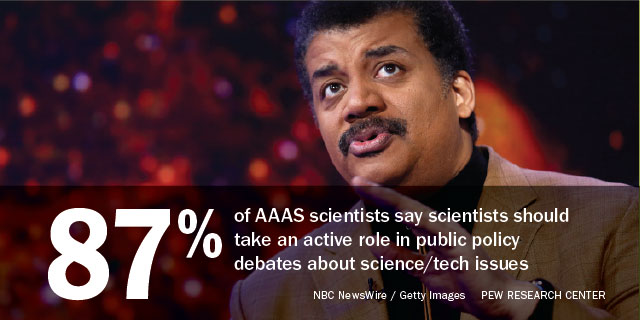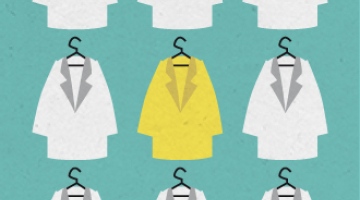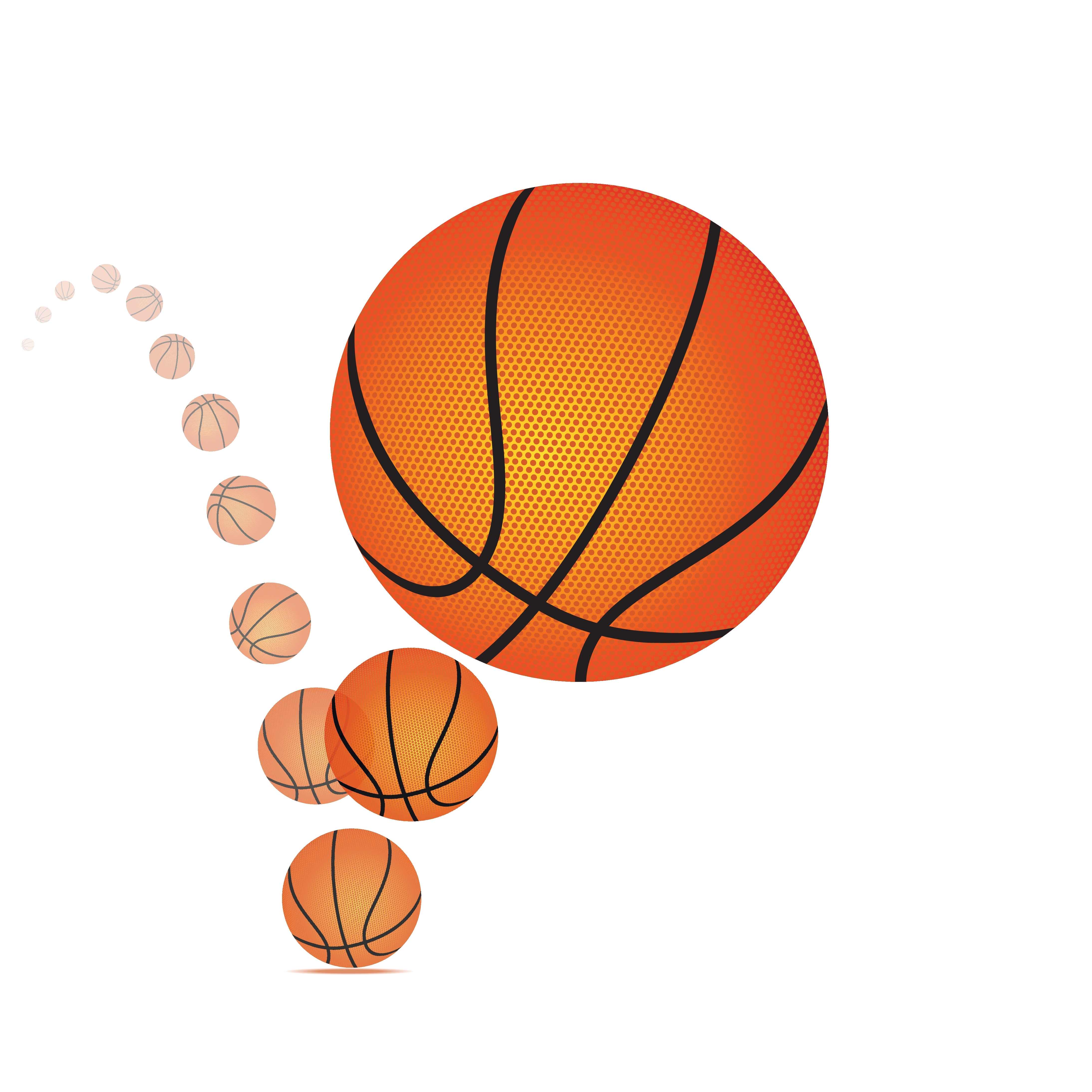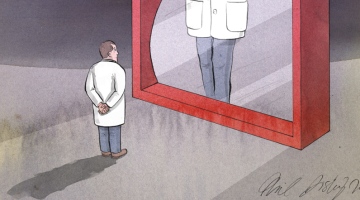The R-index: A new metric for quantifying contributions of reviewers
The number of contributing reviewers often outnumbers the authors of publications. We propose the R-index as a simple way to quantify scientists' contributions as reviewers.
Send us a link
The number of contributing reviewers often outnumbers the authors of publications. We propose the R-index as a simple way to quantify scientists' contributions as reviewers.
[GGpErwgGTcmi8gdt1A7o_altmetric_circle_medium_400x400.png]

FundRef provides a standard way to report funding sources for published scholarly research.
An analysis linking the number of researchers in a lab to productivity spurs online debate.

This study investigates the relationship between research group size and productivity in the life sciences in the UK and shows that the number of publications increases linearly with group size, but that the slope is modest relative to the intercept, and that the relationship explains little of the variance in productivity.
The research excellence of academics is often measured by the quantity and quality of their scholarly publications. But how do we know that all authors listed on a publication have actually been involved in the research?

Low citation rates in the humanities are not at all the result of a lower average number of references per paper but are caused by the low fraction of linked references which refer to papers published in the core journals covered by WoS.
Data-Level Metrics (DLMs): NSF-funded project which will pilot a suite of metrics to track and measure data use that can be shared with funders, tenure & promotion committees, and other stakeholders.
Some ideas on the re-ranking of universities.

Forcing research to fit the mould of high-impact journals weakens it. Hiring decisions should be based on merit, not impact factor.

Comparison of the recall of commonly used online indexers.
How using absolute numbers and journal reputation can yield misleading results.
The top 100 list of Altmetrics is fascinating for what it tells us about communication between scientists, the attention paid to science by the general public, and also for what it tells us about altmetrics themselves.

Bibliometrics has become an integral part of research quality evaluation and has been changing the practice of research.
Research must be reliable and publication is part of our quality control system. Scientific articles get reviewed by peers and they get screened by editors. Reviewers ideally help improve the project and its presentation, and editors ideally select the best papers to publish.

Publishing in high-impact-factor journals is commonly seen as a requirement for getting fellowships, faculty appointments, tenure, and funding. Most academics are wrong about this.

Problems and limitations of the traditional and alternative peer review methods.

On the implications of academics being monitored in ever more and increasingly disparate aspects of work.
There is widespread ‘scepticism’ about the use of metrics to assess research, according to new evidence.
International comparisons are popular, influential - and sometimes flawed

Ever look at a research paper and wonder how the half-dozen or more authors contributed to the work?
The fraction of cited papers that are at least 10 years older than the paper citing them has increased steadily, from about 28% in 1990 to 36% in 2013.
John P. A. Ioannidis and colleagues asked the most highly cited biomedical scientists to score their top-ten papers in six ways.

The dominance of the elite journals is eroding.
This paper is concerned with the measurement of citation impact and societal impact, and looks at the basis, the effects and the problems of impact measurement.